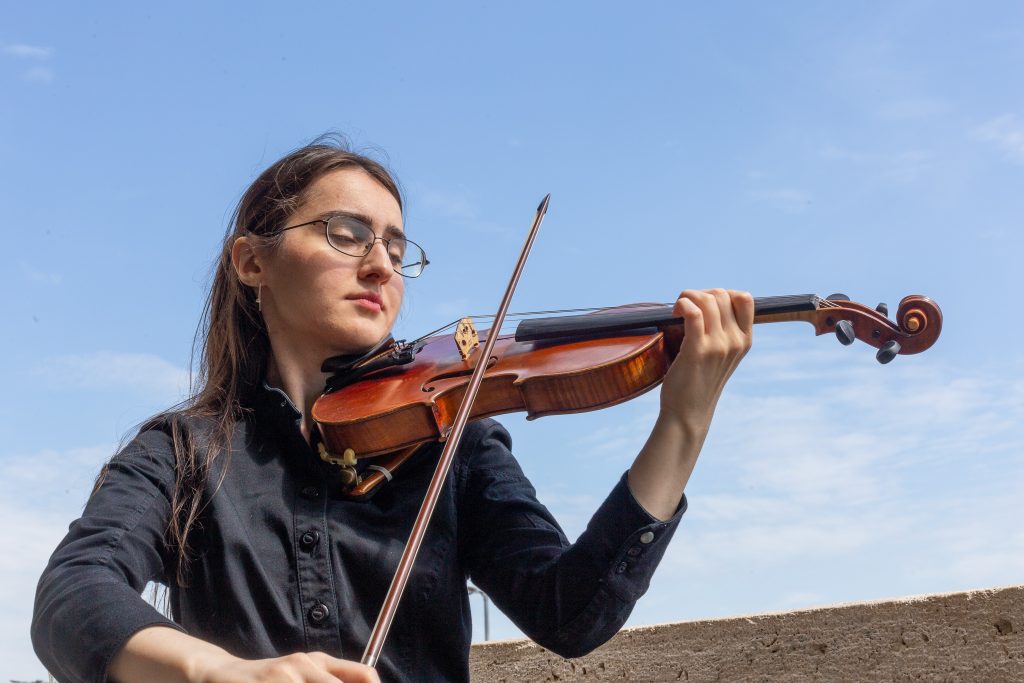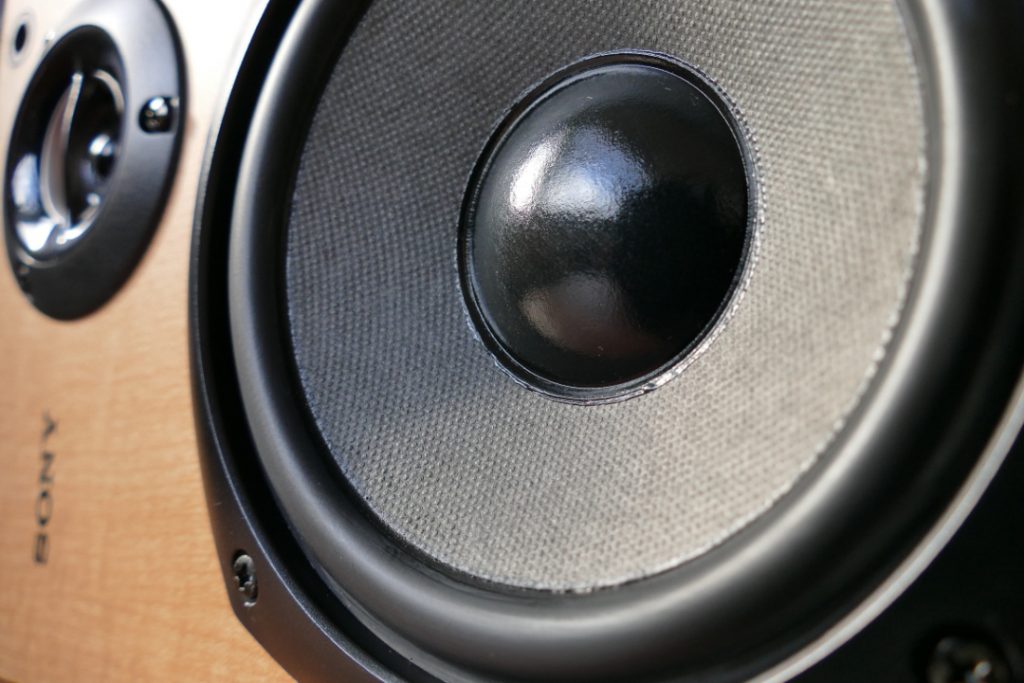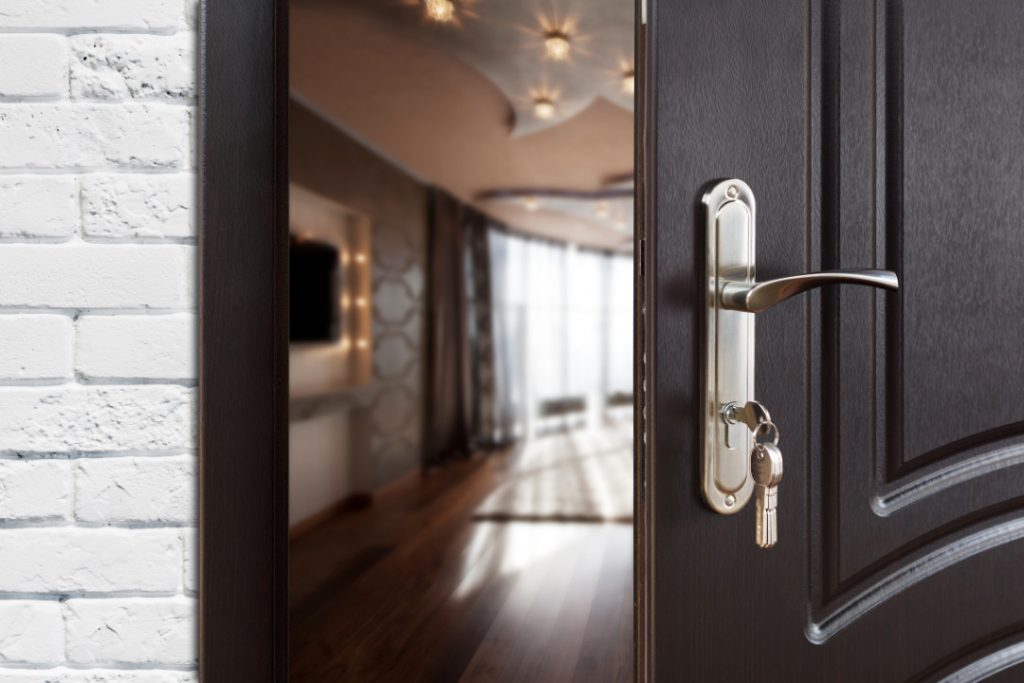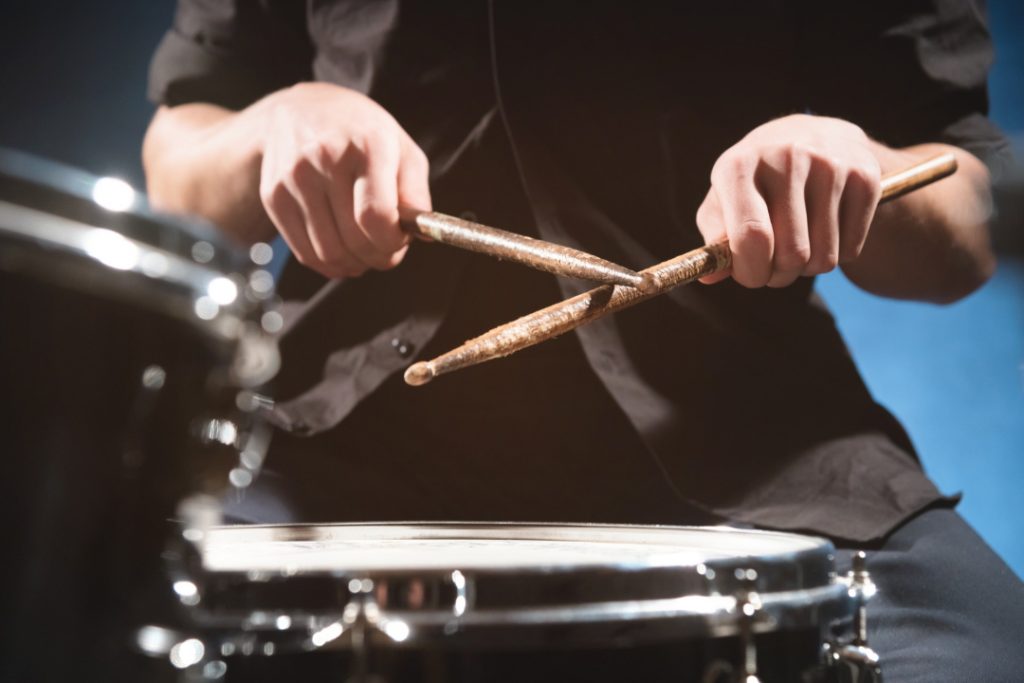Do you love playing the violin but live in an apartment with thin walls? Or maybe you need to practice for an upcoming audition but don’t want to disturb your family or neighbors. If so, this blog post is for you! We will discuss some tips and tricks on how to practice the violin quietly so that you can make the most of your time without disturbing anyone else.
All About Violins
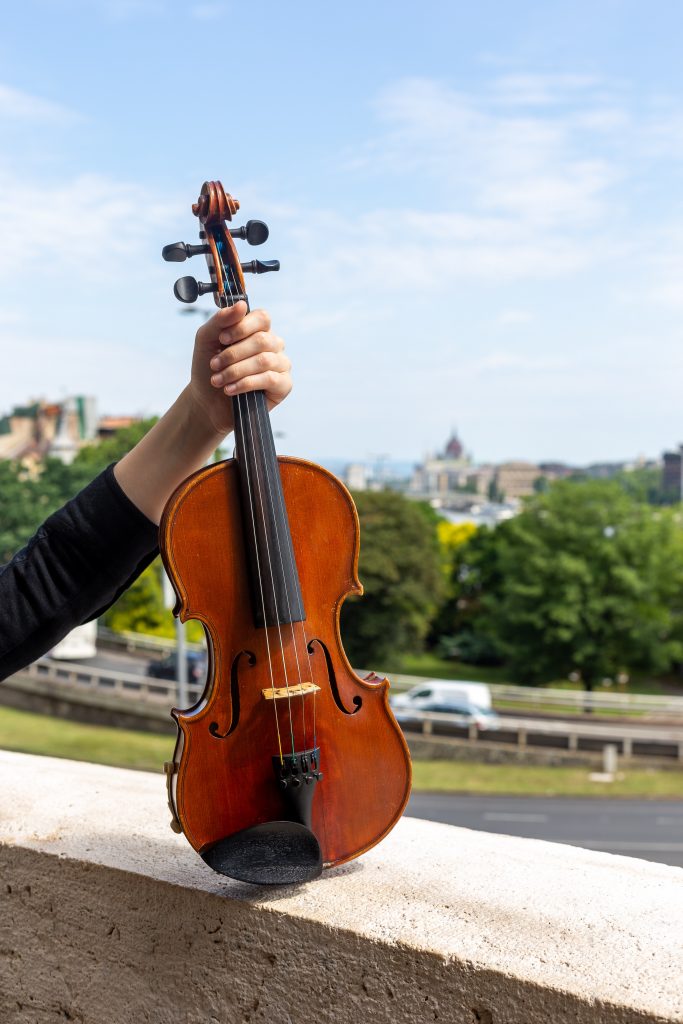
The violin is a compact string musical instrument. It is a member of the violin family of string instruments, which includes the viola, double bass, and cello.
The word “violin” comes from the Latin word “vita,” meaning “string.” The word “violin” first appeared in English in 1530. Violins have been used for centuries to play all kinds of music, from classical to jazz to rock. Today, violins are considered one of the most versatile instruments in existence.
They’re used in everything from orchestras to bluegrass bands to rock groups. No matter what kind of music you’re into, chances are you’ve heard a violin at some point.
Types Of Violins
There are two main types of violins: acoustic and electric.
Acoustic Violin
Acoustic violins are the most common type. They’re the kind you typically think of when you think of a violin. They’re played unplugged, without any amplification.
Electric Violin
This, on the other hand, is amplified using an amplifier or PA system. These electric violins typically have a solid body, which means they don’t need to be amplified in order to be heard.
Now that we’ve discussed the two main types of violins, let’s talk about silent violins. Silent violins are a type of acoustic violin that has been modified to be much quieter than a traditional acoustic violin.
How To Play The Violin
Interested in playing the violin? It’s a rewarding way to express yourself through music. A violin can be played by anyone, regardless of age or skill level. Here are the basic steps you need to know to get started:
1. Choose The Right Sized Violin
Violins come in different sizes, so it’s important to select one that is comfortable for you to hold. If you’re not sure which size is right for you, consult with a music teacher or instrument retailer.
2. Rosin Your Bow.
Rosin helps create friction between the bow and strings, which produces a clearer sound. before using your bow, apply a small amount of rosin to the horsehair.
3. Hold The Violin Correctly
The violin is held between the chin and shoulder, with the chin resting on the top edge of the instrument. The back of the neck should be free from contact with your clothing so that you can move your head freely while playing.
4. Position Your Fingers
Each finger is responsible for pressing down a specific string. The first finger is placed on the highest string (first string), followed by the second finger (second string), third finger (third string), and fourth finger (fourth string).
The fingers are positioned behind the respective strings, with the exception of the first finger, which is placed in front of the string.
5. Pluck The String
Use your right hand to pluck the string while simultaneously pressing down with the appropriate finger. Be sure to use the index finger (first finger) of your left hand to hold down the string behind the plucking finger.
This will help produce a clear, consistent sound.
Now that you know the basics of how to play the violin, let’s move on to our tips for practicing quietly!

How To Practice Violin Quietly
Any violinist knows that practice makes perfect. However, when you live in close quarters with others, it can be hard to find the time and space for violin practice without disturbing your neighbors.
If you need to practice mute, there are a few things you can do to minimize the noise you make:
1. Good Shoulder Rest
First, invest in a good shoulder rest. This will help to muffle the sound of the strings when you play.
2. Use A Light Touch
Second, use a light touch when playing. The softer you play, the quieter the sound will be, like playing a silent violin.
3. Go Rosin-Free
Third, try using rosin-free strings. These produce a softer sound than traditional gut or steel strings.
4. Practice Near Soft Surface
Fourth, practice near a carpet or other soft surface in your practice room. This will help absorb some of the sounds of your playing and also improve your tone quality.
5. Use Muting Techniques
Fifth, use metal mute techniques when necessary. Heavy practice mute like placing a cloth over the strings can help to reduce the volume without affecting the quality of your playing.
6. Avoid Vibrato
Sixth, avoid using vibrato in your acoustic violin as much as possible. This technique tends to amplify the sound of your playing.
7. Timing
Seventh, try practicing early in the morning or late at night when there are fewer people around to be disturbed by your playing.
8. Use Headphones
Eighth, use headphones if possible. This way, you can hear yourself clearly without making too much noise for others.
9. Take Breaks
Last, be sure to take breaks often. If you feel yourself getting frustrated, take a few minutes to step away from your instrument and relax.
10. Reward Yourself
And don’t forget to reward yourself for your hard work! After all, practicing quietly can be just as challenging as playing in a noisy environment.
The quiet practice of the violin takes time, patience, and dedication. But with a little effort, you’ll be making a beautiful orchestra mute in no time.

How To Take Care Of Your Violin
Taking care of a violin is essential to keeping it in good condition and ensuring that it sounds its best. Here are five simple tips for taking care of your instrument:
1. Store your violin in a clean, dry place. Exposure to extreme temperature or humidity can damage the wood and affect the sound of the instrument.
2. Keep your violin clean. Dust and dirt can accumulate on the strings and bridge, affecting the sound of the violin. Regular cleaning will also help to prevent wear and tear.
3. Tighten the strings regularly. Strings can become loose over time, affecting the tuning of the instrument. Regular tightening will help to keep the strings in good condition and prevent them from slipping out of tune.
4. Check for cracks regularly. Cracks in the body of the violin can cause leaks, affecting the sound of the instrument, especially an electric violin. Regular inspection will help you to catch any cracks early so that they can be repaired before they cause serious damage.
5. Take your violin to a qualified repair person for regular maintenance. This will help to ensure that your instrument is in good condition and sounding its best.
Conclusion
Practicing the violin can be a challenge, but it’s important to find a balance between making progress and disturbing your neighbors. By following these tips, you’ll be able to practice quietly and take care of your instrument at the same time.

